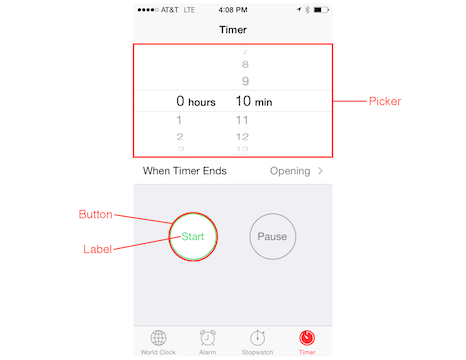Robot Turtles: A Fun Way to Target Social Communication and Coding Skills
If you are looking for a fun way to target social communication skills, as well as beginning computer programming, Robot Turtles is a great new board game you can play with your students (with or without autism). Robot Turtles requires players to use simple commands to move their turtles to capture a jewel on the game board. When students give commands, they are replicating the process computer programmers use to give instructions for a computer to execute. Games, in general, provide opportunities for social communication; Robot Turtles in particular involves specific interactions between the game players that enable more opportunities for social communication. For students who show an interest in games and computers, playing Robot Turtles can be a highly engaging way to practice social communication.
If you can’t see the video, click here to go to YouTube.
During game play, it is easy to provide students with opportunities to practice five different social communication skills:
1) Perspective taking
As turtle masters, students take the perspective of their turtles on the game board in order to decide which way to move. If they were to take their own perspectives, players may not move in the intended direction; success in the game depends on the ability to make decisions based on a different perspective.
2) Turn taking
Students also actively take turns throughout the game. Not only do they have to wait for the other turtle masters to complete their turns, but students do not actually move their own game pieces. The adult overseeing the game, otherwise known as the turtle mover, is in charge of executing the moves on the game board based on student commands.
3) Eye contact and body language
Since turtle masters don’t move their own pieces, they must clearly communicate their commands to the turtle mover. This offers a good opportunity to practice politely giving directions, as well as utilizing eye contact and body language to effectively communicate and acknowledge the turtle mover.
4) Following directions
In return, the turtle mover may communicate directions for the turtle masters to follow. The turtle mover also ensure players are aware of and adhere to the rules of the game.
5) Making comments
Throughout game play, students can be encouraged to make positive comments directed specifically to other turtle masters. For example, a student could say, “Nice move. I like how you did that!” when another player makes a good move in the game. In Robot Turtles, the goal is not to have one winner; all students keep playing until they achieve the goal for that specific level. Establishing a positive atmosphere where everyone is encouraged to be successful creates a great opportunity for modeling and practicing comments.
Robot Turtles can be played with children as young as four, all the way up to middle or high school. The game has several levels so it is easy to adapt game play based on student age and experience with the game. The upper levels of the game require sophisticated logic and analytical skills to complete the challenges, while the simple levels introduce children to basic logic. Either way, social communication skills can be targeted in various ways throughout the game.




